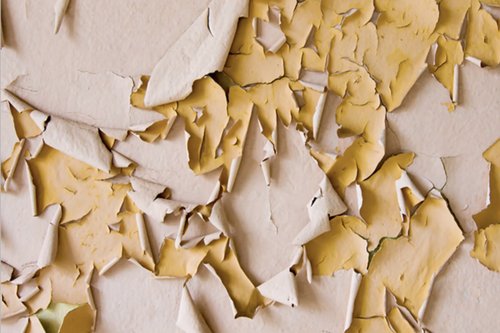
5 min read
Peeling Back the Truth On What’s In Conventional Paint
Many paints can be hazardous both to human health and the environment. Here’s how to find a safe alternative.
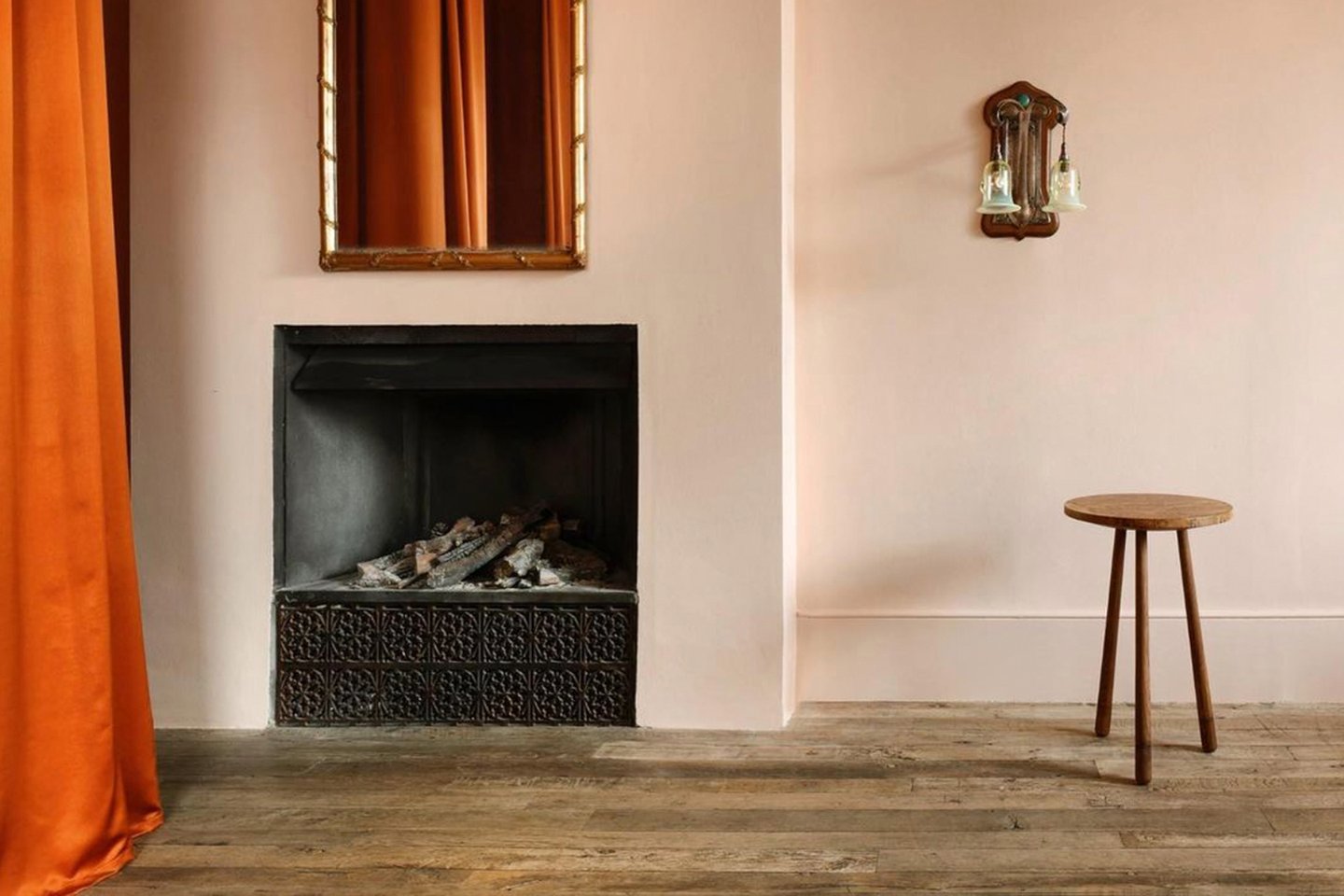
5 min read
WLLW explores the category of mineral paints, and tests four that meet our requirements for creating healthy and sustainable interior spaces.
As a category, mineral paints historically use one of two naturally occurring mineral binding agents, lime or silicate – although a few companies are now developing proprietary plant-based binders. They are often colored with earth or mineral pigments, are typically low- or zero-VOC (Volatile Organic Compounds), breathable and free from plastics and environmentally-damaging microbeads.
Lime-based paints cure through a reaction with carbon dioxide in the atmosphere, known as carbonation, whereas water silicate-based paints solidify under the influence of CO2, forming a strong chemical bond with the substrate.
True lime paints, whitewash and limewash, are made from slaked lime and give a softly textured appearance and a matte finish. They bond to surfaces, resulting in a characterful, breathable coating, and have mildly antibacterial properties. Lime paints are often tinted for interior use and are only moderately weather-resistant, so we wouldn’t recommend using them outdoors unless you wish to reapply them every year or two. Mineral silicate paints meanwhile have a greater durability and do not fade with exposure to sunlight.
Having evaluated the credentials, safety data sheets and marketing claims of four leading mineral paints, members of the WLLW team decided to test out these products in their homes over the course of a few weeks. Here’s what we discovered.


San Francisco-based Color Atelier is a small-batch paint and plaster brand creating pure and natural finishes for the home. A former paint chemist with a family history of producing decorative finishes in Europe, Olivier Garnier and his wife, Burcu, founded the company in 2018, setting out to produce some of the most environmentally friendly and healthy paints and plasters possible. Their traditional lime paint is free of solvents, VOCs and toxic chemicals. Lime’s high PH makes it mold and mildew resistant and it also means microorganisms can’t survive, giving it a hypoallergenic quality. Lime paint is also known for removing some toxins, odors and carbon dioxide from the air, helping to improve indoor air quality.
We tested Atelier lime paint in Native, a lighter blush tone, to refresh the walls in a guest bedroom. We used a mineral primer specific to lime paint as the walls had already been painted, but this isn’t always necessary. Easy to apply, we used a block brush and applied in multi-directional strokes, allowing the paint to dry overnight before applying the second coat. Lime Paint has subtle tonal and color nuances - creating a lovely depth and surface interest. The finish is a matte flat sheen with good coverage. It can also be diluted with water to create more of a glaze or wash. A lovely product with some beautiful color choices, it was easy to use without any hint of an odor during or after application.
Lime, clay, marble powder, sand and mineral pigments

Milk paint is thousands of years old, and quite possibly the first paint humans ever used. It has been found in the pyramids, on cave walls and in the US, on painted furniture and walls from colonial times. Company founder and furniture restorer Dwayne Siever discovered the key to recreating the same look and finish he found on his favorite antiques lay in using milk paint. He began creating his own small batches using high-quality casein (milk protein) and lime using the same traditional methods and thus the Real Milk Paint Company was born.
We tested Milk Paint in Riverstone on a vintage chest and it couldn’t have been an easier process from start to finish. Milk paint is a powdered paint that mixes easily with water and remains usable for up to two weeks thereafter. It can be applied to many surfaces without priming or sanding so it’s a great choice for refreshing furniture without a lot of the usual prep work. The paint creates a matte, velvet and chalky finish. It can be diluted to create a stain or wash, or it can be made thicker for an opaque finish.
Made from 100 percent organic materials, non-toxic, food contact safe and VOC-free, milk paint is a powdered paint made from milk protein, lime, clay and earth pigments such as ochre, umber, iron oxide and lampblack.
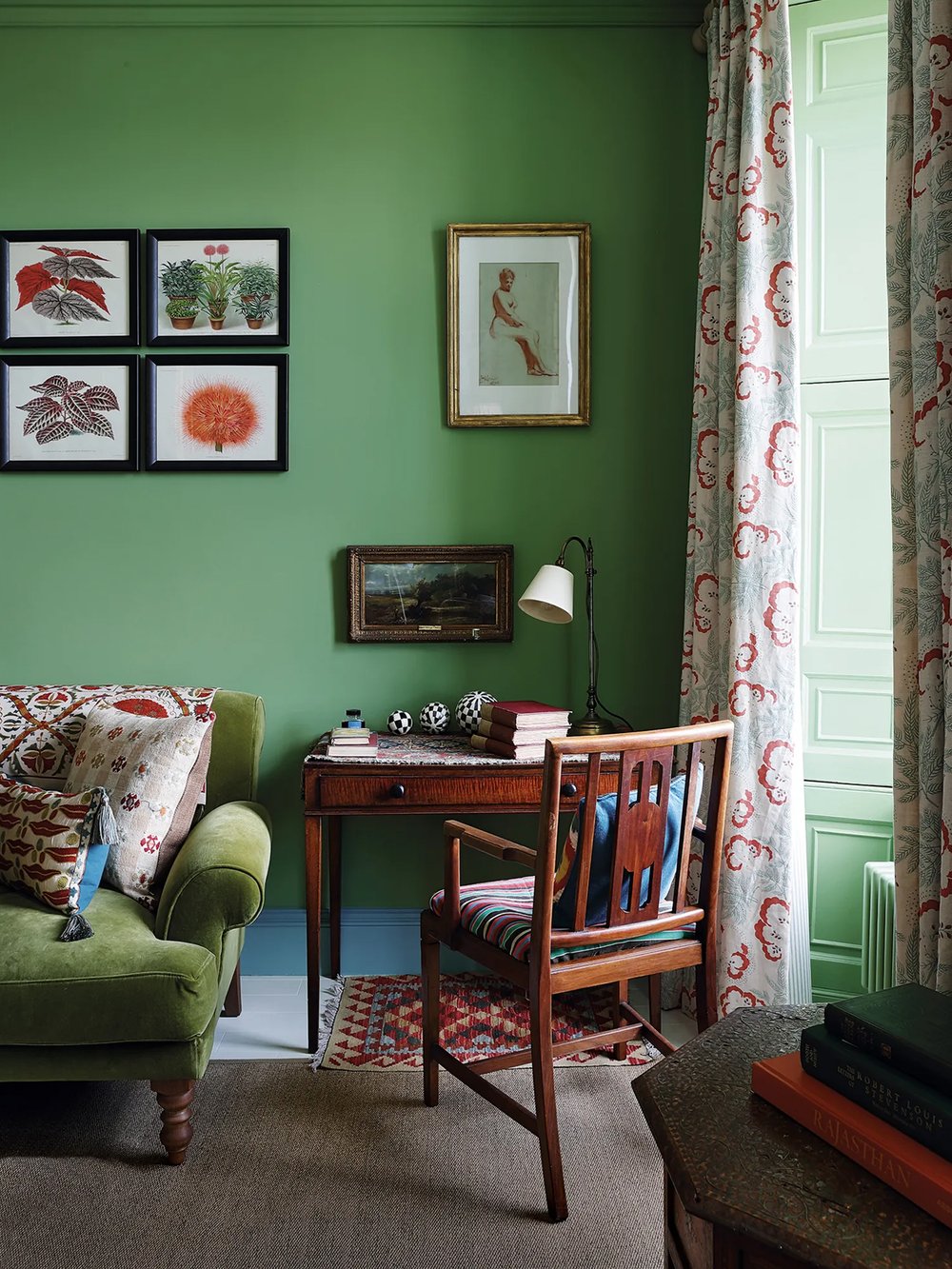
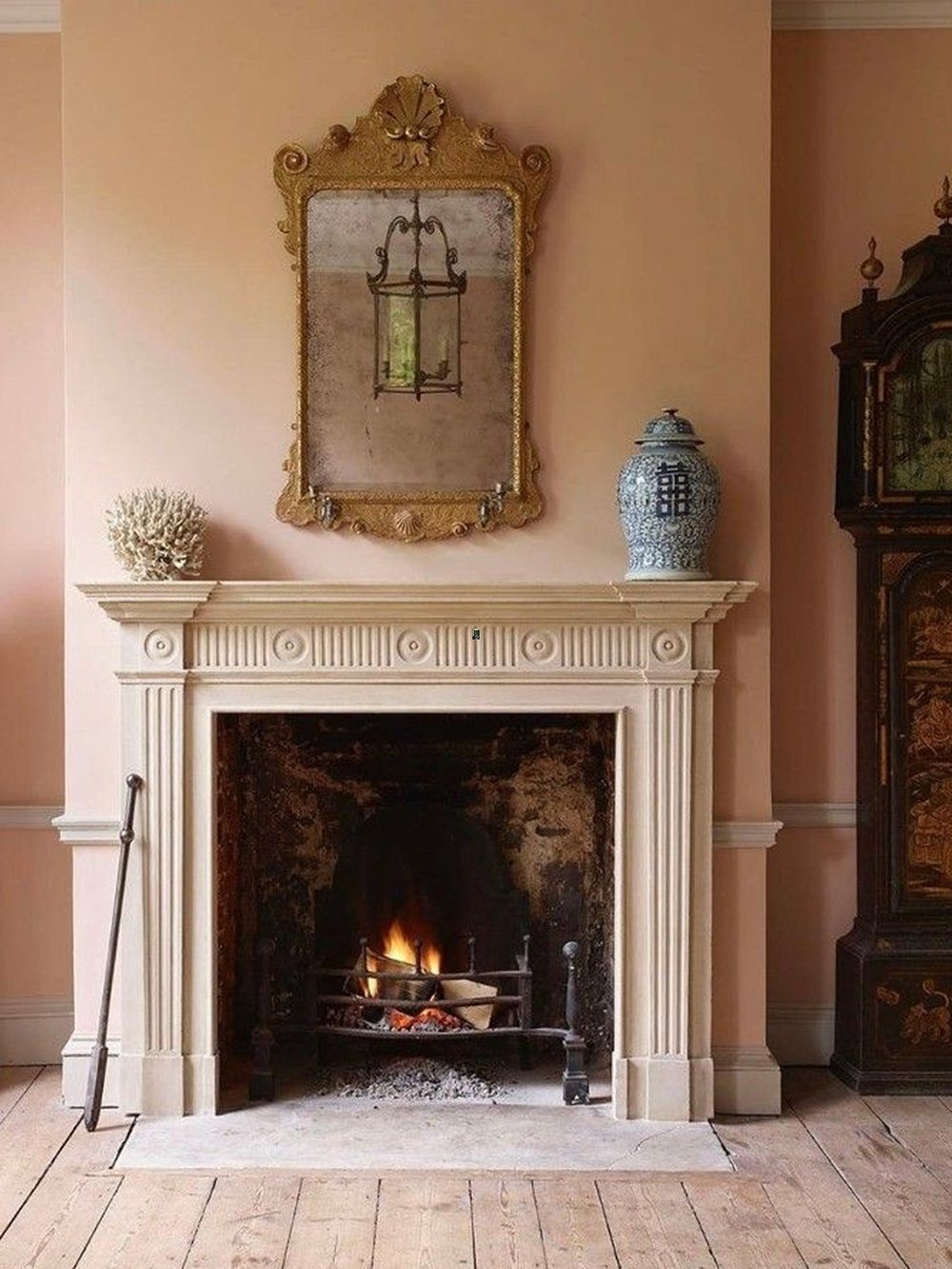
German eco-friendly paint manufacturer AURO has been running research laboratories dedicated to ‘gentle chemistry’ for over four decades. Responsible for many innovations in the natural paint sector, their ingredients come mostly from plants or minerals and their products are free from petrochemical solvents or binders. A partnership was formed when Edward Bulmer, a British interior designer known for his refined use of color and tonality, set out to develop a range of natural mineral paints with a low ecological impact. Both Bulmer and AURO declare 100 percent of their ingredients via their respective websites.
We tested Edward Bulmer’s natural emulsion in Invisible Green and Jonquil color references alongside their Natural Plaster Primer. These were easy to apply with good coverage (we used two coats of emulsion). They are wipeable and have been durable to date. All products tested are breathable and VOC-free. Customer service was excellent.
Water, caster oil, cellulose, chalk, clays, biogenic binder, silicates, sodium pyrithione, surfactants, titanium dioxide, plus natural and earth pigments
*While AURO exports to the US, Edward Bulmer Natural Paints are not yet widely available in North America. The brand tells us this will change as of next year (2024).
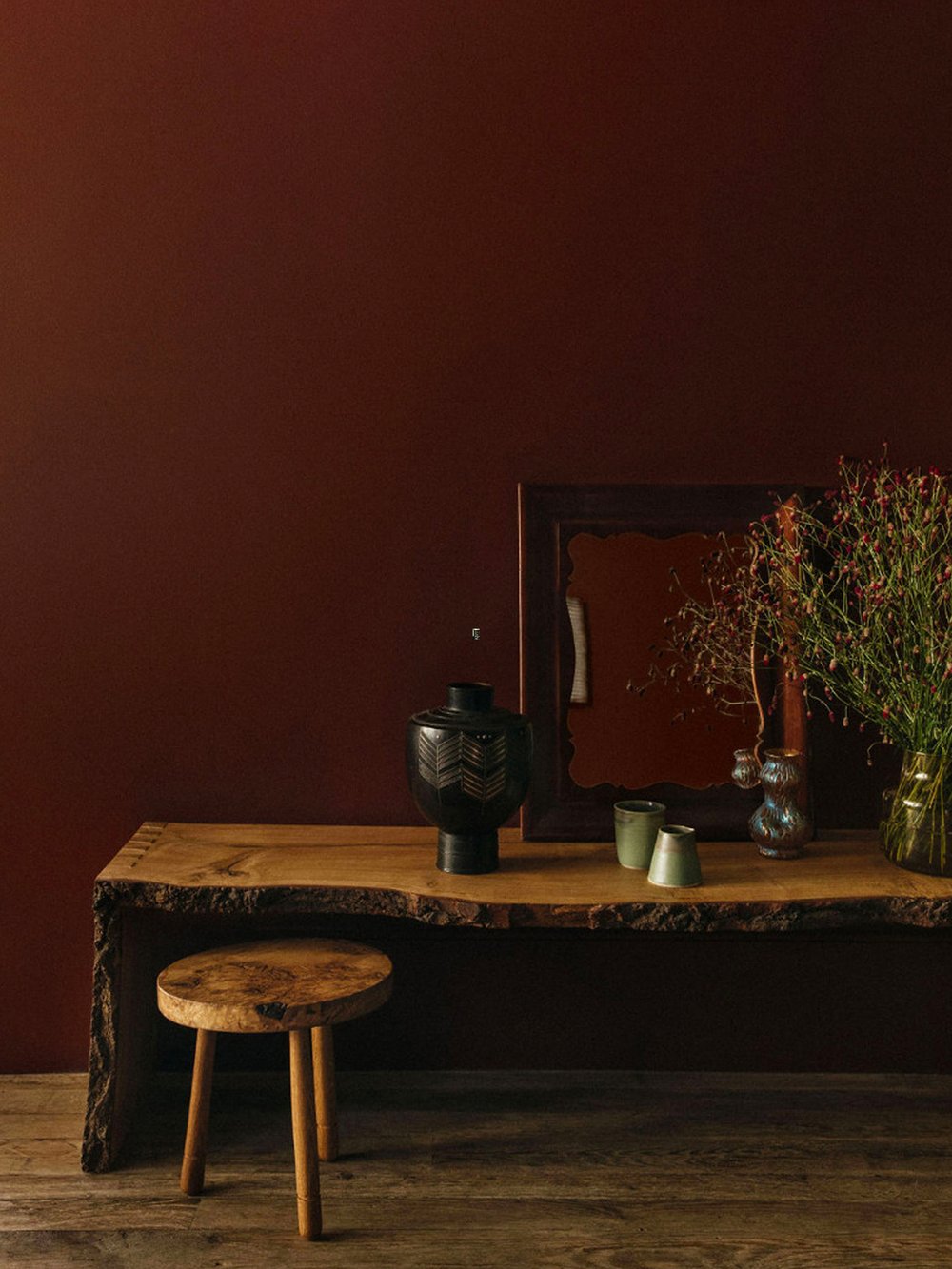
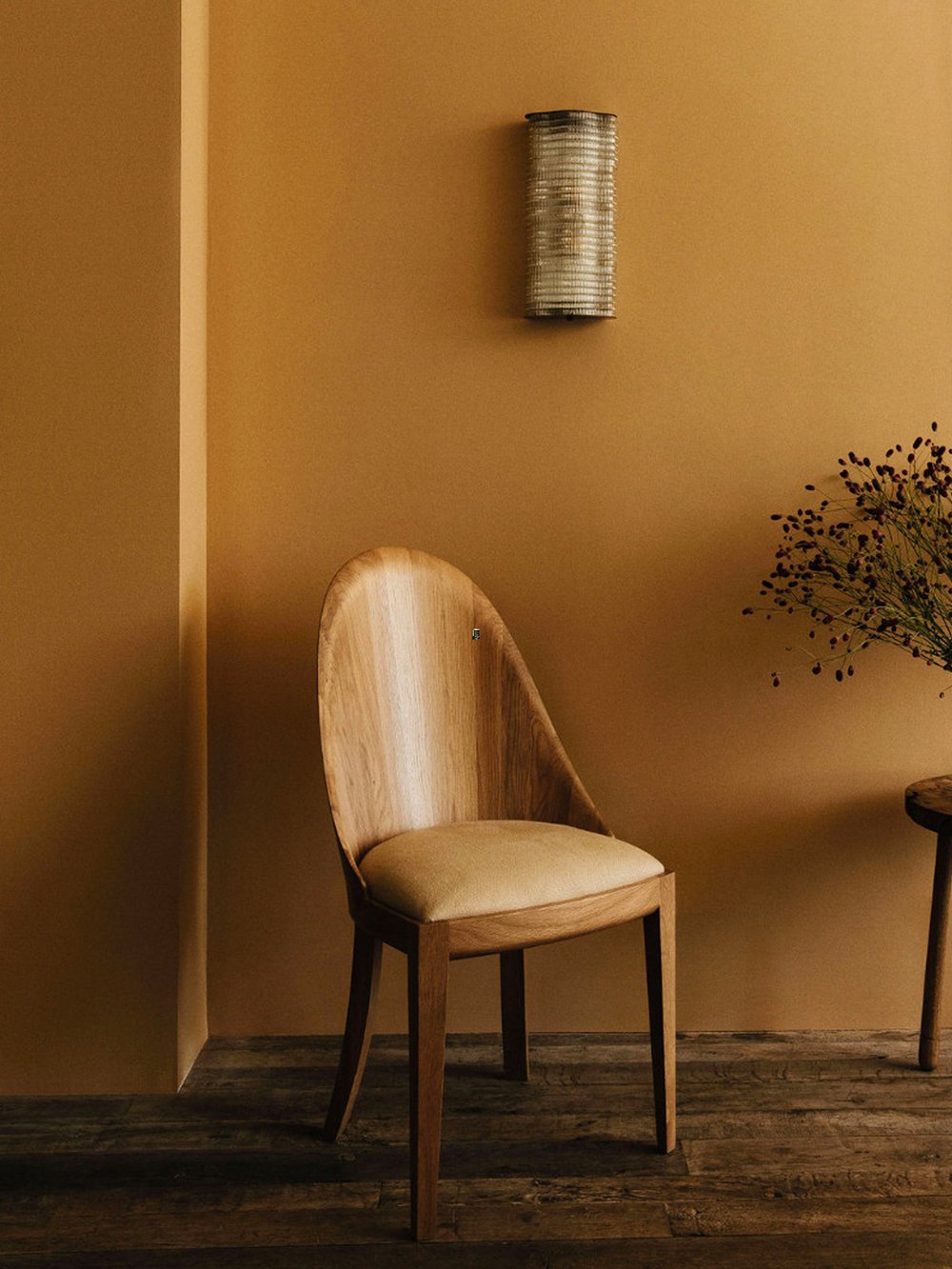
When creating her paint range of 41 tonal colors, British interior designer, furniture and lighting designer, and antique dealer Rose Uniacke chose to team up with the sustainable paints company Graphenstone – a business she felt aligned with her own ethical and environmental ethos. Suitable for both exterior and interior applications, GrafClean is an ecological paint that uses graphene fibers and vegetable resins. It is virtually odorless, with trace VOCs (under 0.1%) and is also free from chemicals and preservatives with no added plastics or microbeads. The lime in the paint makes it highly breathable, actively preventing condensation, mold, fungi and harmful bacteria. A lighter color palette is also available in air-purifying pure lime paint called Ecosphere, which the brand claims helps to purify the air by absorbing CO2. To ensure their carbon footprint is kept as low as possible, the paints are shipped with a reduced amount of water, added instead at the point of use.
We chose to test GrafClean in Hickory, a deep earth brown shade with red undertones. We were impressed by the depth and richness of color. The coverage is excellent and the information provided about the application – adding water is required which they’ve reduced for shipping – is plentiful and easy to follow. The paint is odorless and easy to clean up afterward with soap and water. We found their customer service excellent and proactive, with the team reaching out to us about shipping and providing helpful links to further product information on their website.
Made with mineral elements, including lime and graphene (from pure inert carbon)
Rose Uniacke Technical Data Sheet
Graphenstone Technical Data Information
Certified Eurofins Indoor Air Comfort Gold Standard, Awarded Cradle to Cradle Bronze
*While Graphenstone distributes within the US, Rose Uniacke ships to the US with a minimum order quantity of 10 gallons.
Disclaimer: This list features items from various companies. WLLW does not receive any payment for recommendations. Opinions are based purely on independent research, testing and personal experience (14 July 2023).
Photography: Rose Uniacke, Color Atelier, The Real Milk Paint Company, Edward Bulmer, Elsa Young

5 min read
Many paints can be hazardous both to human health and the environment. Here’s how to find a safe alternative.
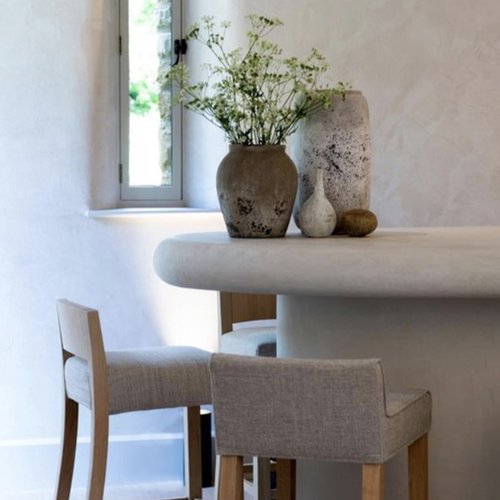
3 min read
Clayworks is embracing natural materials and traditional techniques, to add depth, tonal interest and warmth to healthy homes.